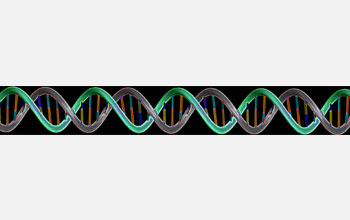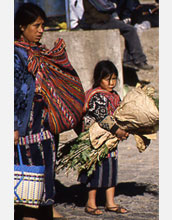|

All Images

Discovery
Computer Program Reveals Anyone's Ancestry

Back to article | Note about images
 |
This plot of genetic markers shows 255 individuals from four continental regions. Red and green represent identical genotypes; black represents genotypic variations. Notice the distinct patterns formed in the four continental blocks, highlighting the genetic similarities between people of the same ancestry.
Credit: Democritus University of Thrace/Peristera Paschou |
Download the high-resolution JPG version of the image. (911 KB)
|
Use your mouse to right-click (or Ctrl-click on a Mac) the link above and choose the option that will save the file or target to your computer.
|
 |
Although the human genome is 99 percent the same from human to human, it is that one percent that can have a major impact on our response to diseases, viruses, medications and toxins. If researchers can uncover the minute genetic details that set each of us apart, biomedical research and treatments can be better customized for each individual.
Credit: James J. Caras, National Science Foundation |
Download the high-resolution JPG version of the image. (160 KB)
|
Use your mouse to right-click (or Ctrl-click on a Mac) the link above and choose the option that will save the file or target to your computer.
|
 |
Each person's DNA is unique, but DNA from people with common ancestors have common characteristics that can be identified.
Credit: © Estate of Rachel Tanur |
Download the high-resolution JPG version of the image. (186 KB)
|
Use your mouse to right-click (or Ctrl-click on a Mac) the link above and choose the option that will save the file or target to your computer.
|
 |
DNA is passed along from parents to their children; each of our genetic codes is different, yet inextricably linked to each other and to the past.
Credit: Dana Cruikshank, National Science Foundation |
Download the high-resolution JPG version of the image. (724 KB)
|
Use your mouse to right-click (or Ctrl-click on a Mac) the link above and choose the option that will save the file or target to your computer.
|
|






